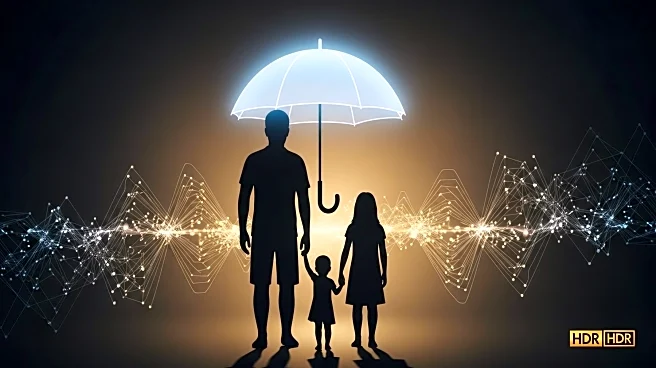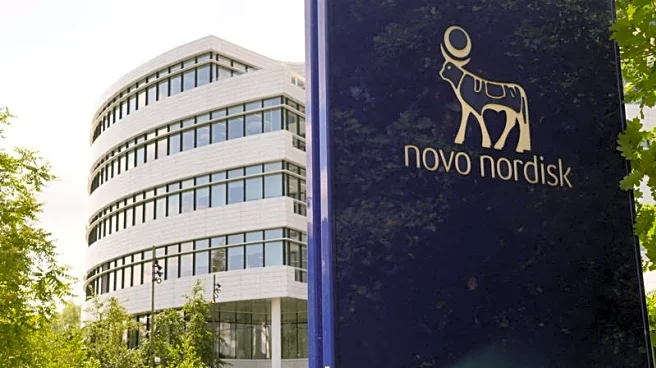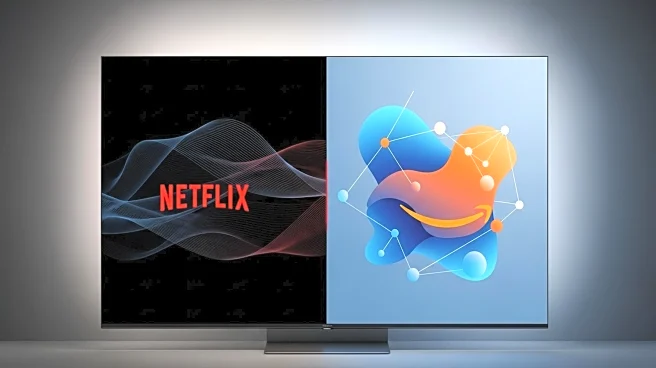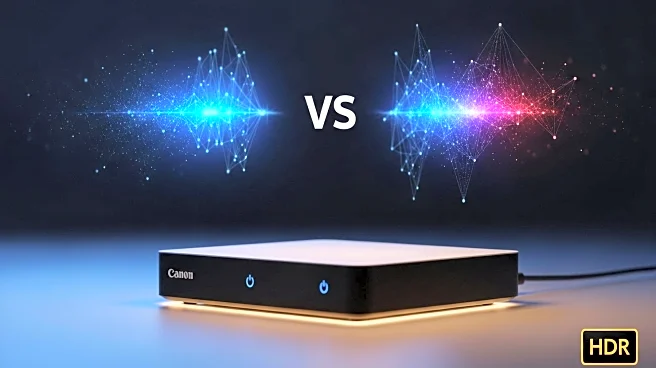What is the story about?
What's Happening?
Amazon is set to end its Prime Invitee benefit-sharing program on October 1, transitioning to a new model called Amazon Family. This change will require separate households to have their own Prime subscriptions, limiting shared benefits to those living at the same primary residential address. The Amazon Family program allows up to two adults and four children to share Prime benefits, including free shipping, Prime Video, Prime Reading, and Amazon Music. This move comes after a reported slowdown in Prime account signups, despite successful sales during the extended July Prime Day event. Amazon registered 5.4 million U.S. signups leading up to the event, which was below last year's metrics and internal expectations.
Why It's Important?
The shift to Amazon Family is significant as it reflects Amazon's strategy to increase Prime subscriptions by restricting benefit sharing across different households. This approach mirrors similar actions taken by other streaming services like Netflix, which saw subscriber growth following its crackdown on account sharing. For Amazon, the change aims to address the decline in new Prime memberships, which fell short of expectations during a key sales period. The move could potentially increase revenue from new subscriptions, impacting consumer spending habits and the competitive landscape of subscription services.
What's Next?
As Amazon implements the new Amazon Family program, consumers who previously benefited from shared Prime memberships will need to decide whether to subscribe independently. This could lead to an increase in individual subscriptions, as users seek to maintain access to Prime benefits. Amazon may also monitor the impact of this change on subscription numbers and adjust its strategy accordingly. Additionally, other companies may observe Amazon's approach and consider similar measures to boost their own subscription services.
AI Generated Content
Do you find this article useful?













